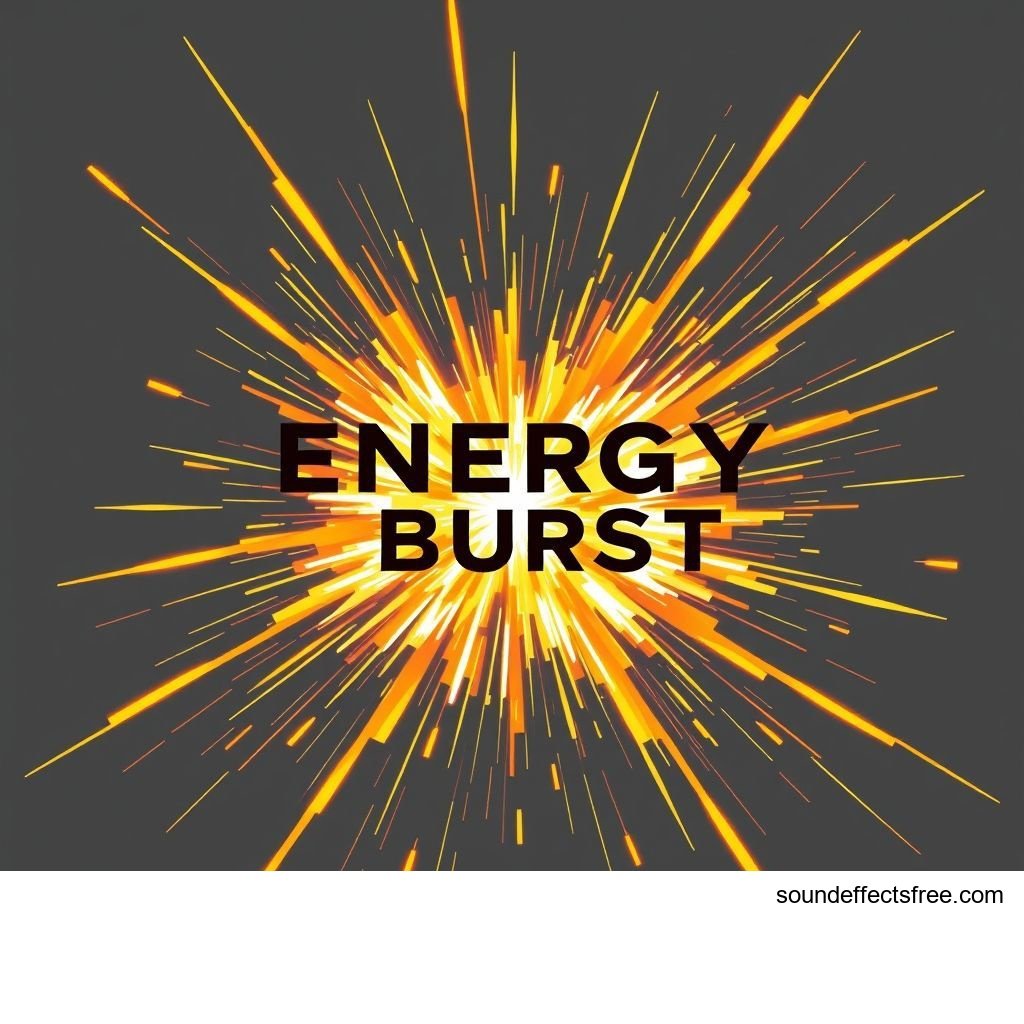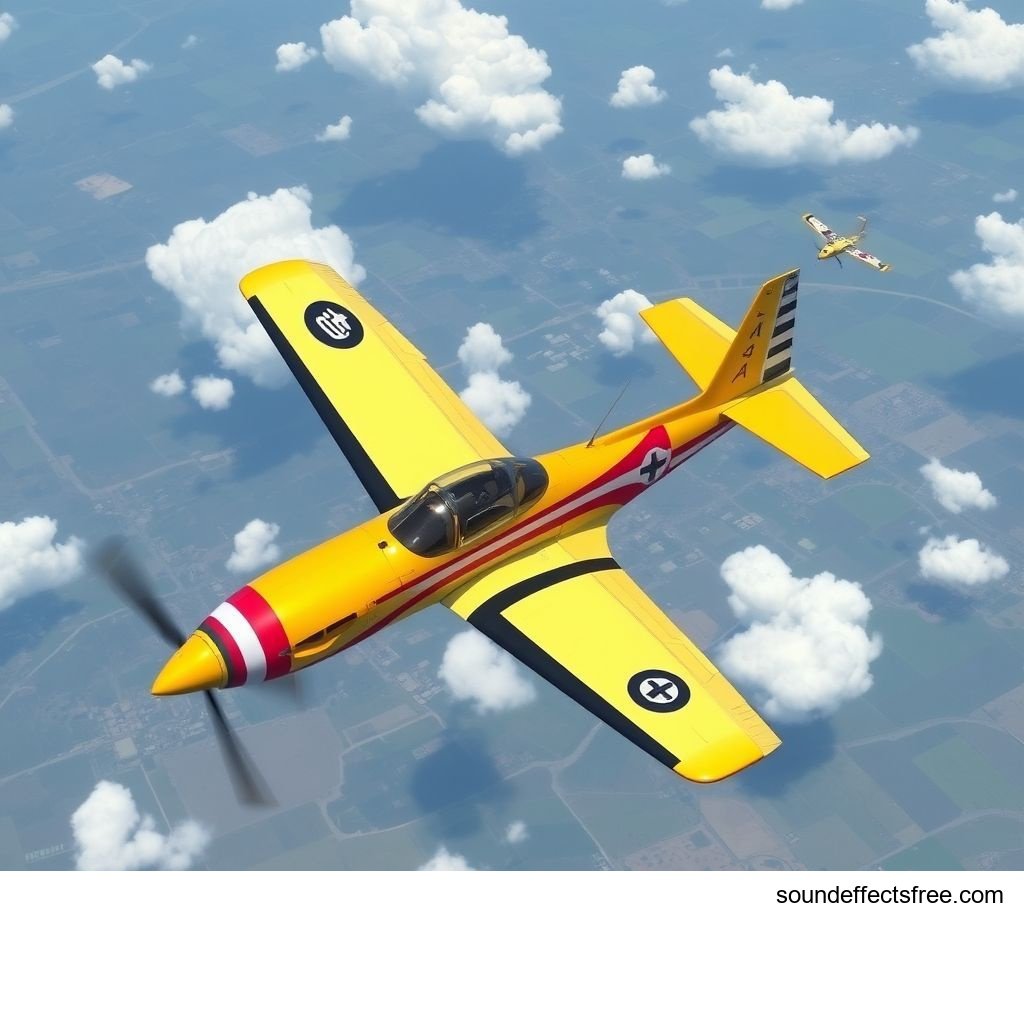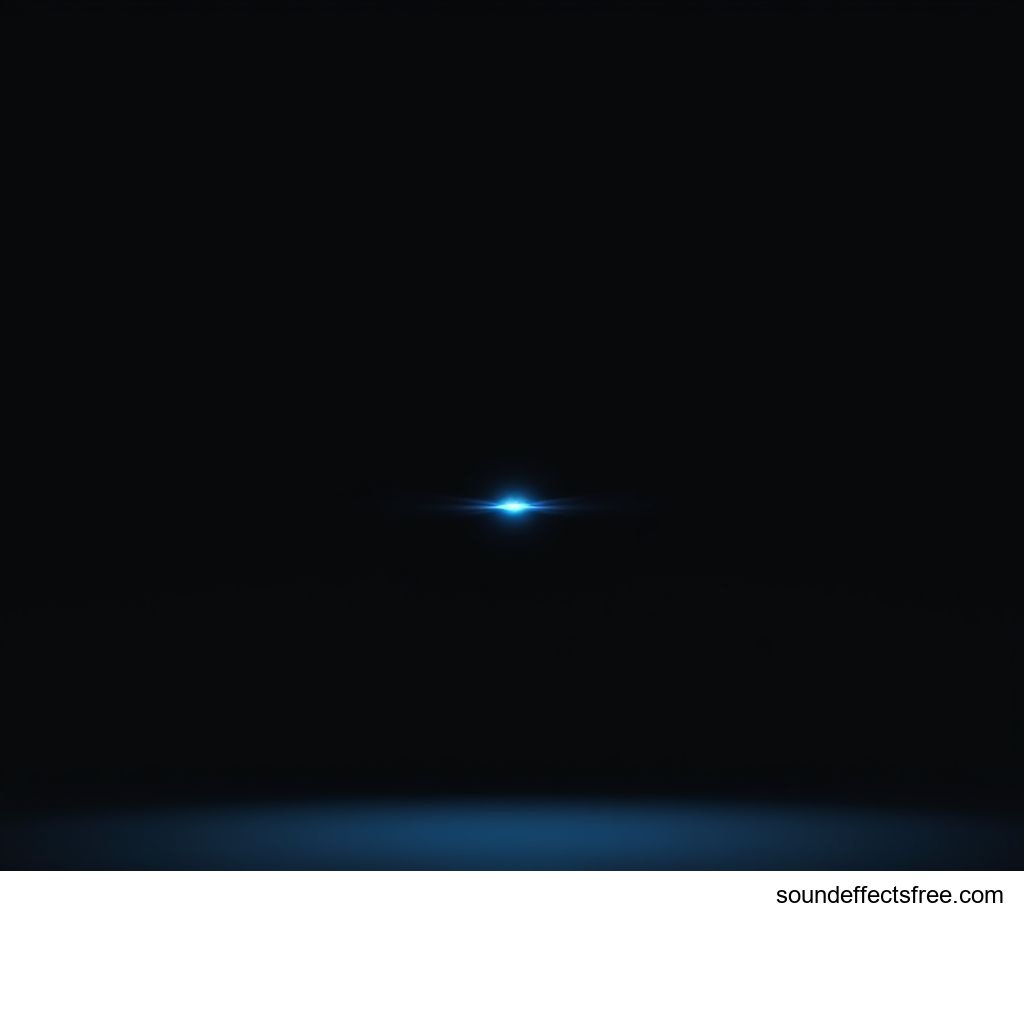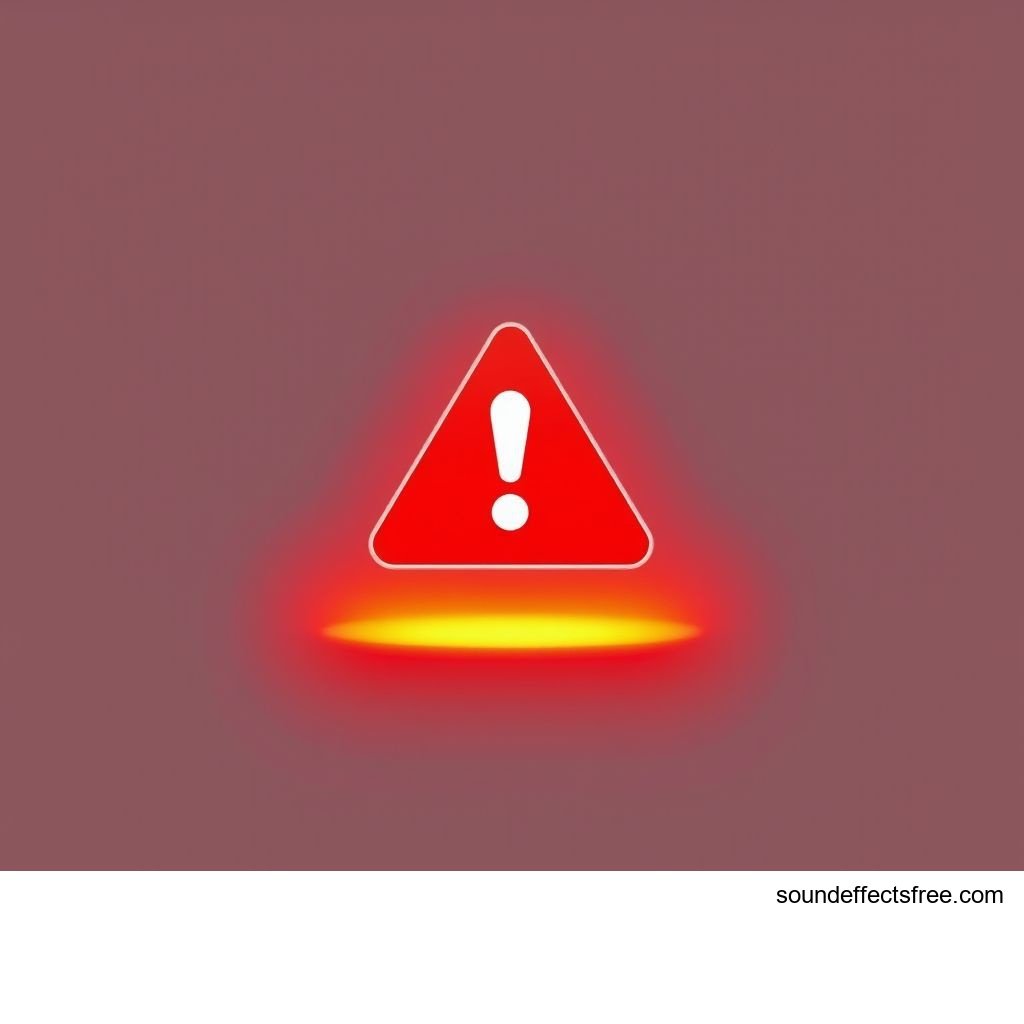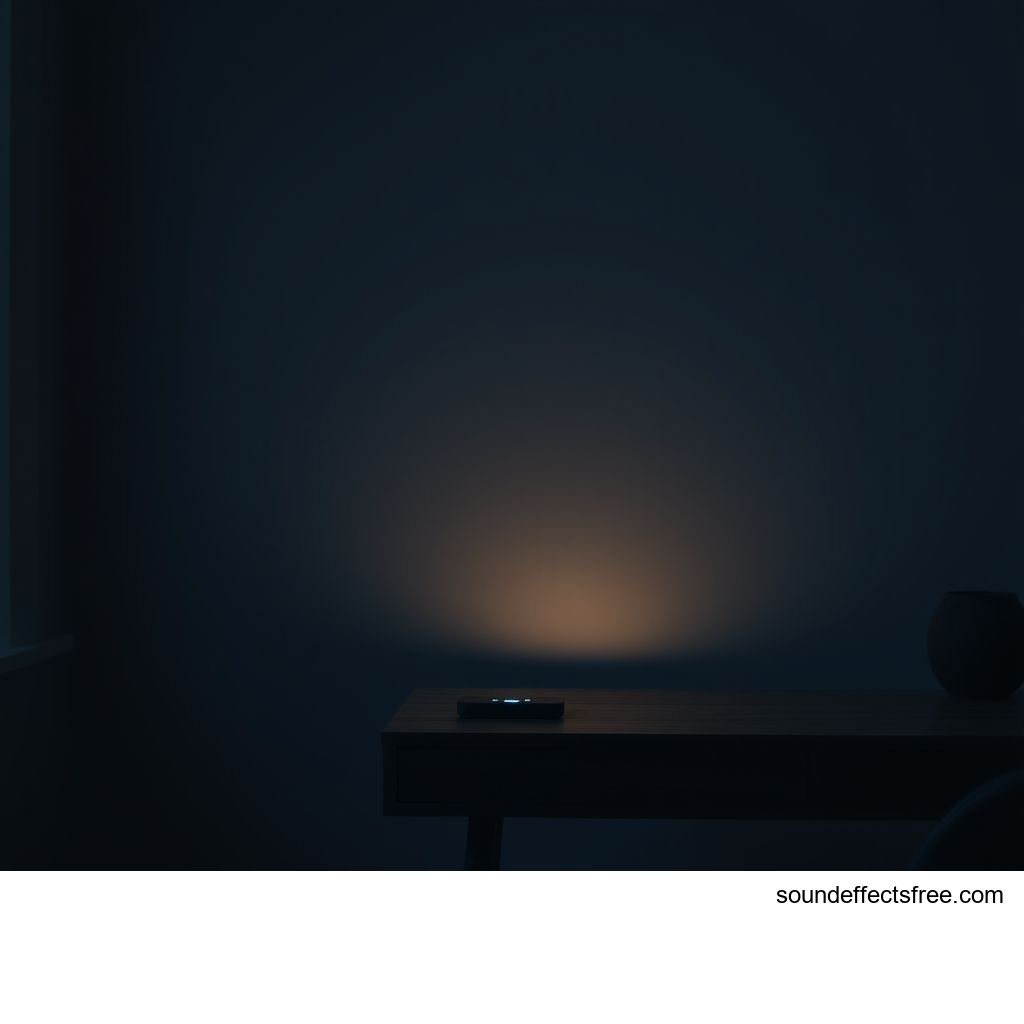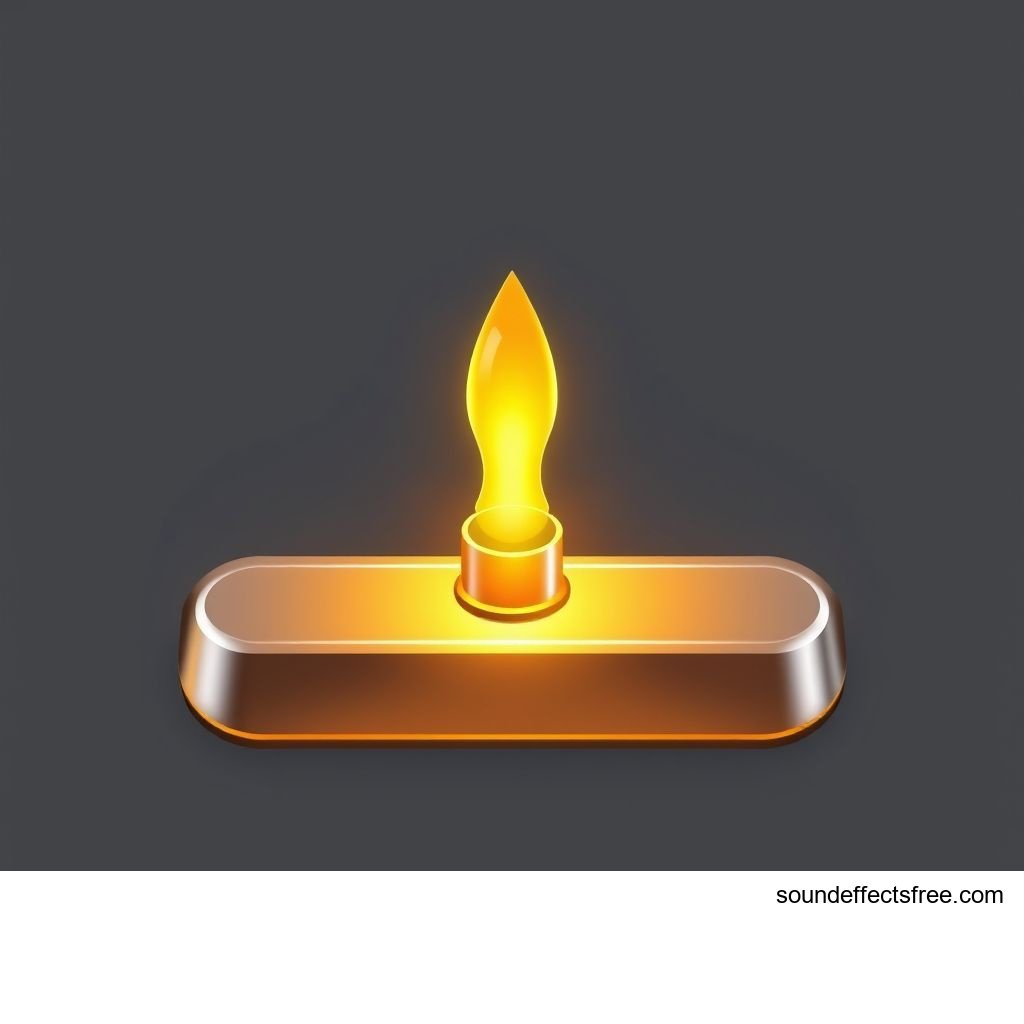Energy Burst - Focused Release
Energy Burst - Focused Release: Crafting Impactful RPG Sound Effects
Dive into the world of sound design. An energy burst can define a powerful moment. It marks a critical action in Japanese RPGs and anime. This article explores how to craft truly impactful sound effects. We focus on the energy burst as a core element. Learn to design effects that resonate with players and viewers.
Applications in Media
A well-crafted energy burst elevates any scene. It signifies immense power and dramatic action. Think of a hero charging a powerful spell. Or a villain unleashing a devastating attack. The sound is crucial. It sells the impact.
Industry-Specific Uses
In Japanese RPGs, the energy burst is ubiquitous. It marks magic attacks. It signals character special abilities. Every magic blast needs a distinct sound. An energy burst can differentiate classes. A mage's spell discharge differs from a warrior's power-up. Anime uses the energy burst for climactic moments. It often accompanies character transformations. It highlights beam attacks. The right audio effect strengthens the visual.
Creative Techniques
Designing an effective energy burst involves multiple layers. Start with a core element. This could be a short, sharp transient. Then add sustained textures. Think about the spell's charge. How does the power release sound? Does it build slowly? Or explode suddenly? Consider the character's personality. A graceful healer's energy burst will differ. A brutal demon's might be harsh.
Technical Analysis
Understanding sound properties is key. A powerful energy burst is not just loud. It has specific characteristics. These traits convey power and focus.
Waveform Characteristics
An energy burst often features a sharp attack. This is the initial "hit." It's followed by a decay or sustain. The attack phase defines its snappiness. A quick rise time creates a punchy focused impact. A slower attack can suggest building energy. The decay phase can be short and abrupt. Or it can linger with a tail. This tail might be reverb. It could be residual magical energy. Visuals should align with this waveform.
Frequency Profile
The frequency content shapes the energy burst character. Low frequencies (bass) add weight. They give the magic blast a sense of ground-shaking power. Mid-range frequencies provide clarity and presence. This is where the core sound lives. High frequencies add sizzle and sparkle. They provide detail to the spell discharge. Too much high-end can sound harsh. Too much low-end can be muddy. A balanced spectrum is ideal. Often, an energy burst will sweep frequencies. This creates a dynamic feeling.
Dynamics and Transients
Dynamics refer to loudness variation. A good energy burst uses strong dynamics. It goes from quiet (charging) to very loud (explosion). Transients are the sharp, short sounds. A strong transient makes the energy burst feel immediate. It creates a satisfying focused impact. Compression can shape these dynamics. It can make the sound punchier. It can also tame overly loud peaks.
Production Tips
Creating high-quality sound effects requires specific steps. From recording to software use, precision matters.
Recording & Editing
Source material is vital for an energy burst. Think about natural sounds. Whooshes, electricity, and even processed animal sounds can work. Record diverse elements. Experiment with different microphones. Edit meticulously. Remove any unwanted noise. Layering is crucial here. Blend different recordings. This creates a unique energy burst. Fine-tune timing and volume for each layer.
Software Tools
Digital Audio Workstations (DAWs) are your main tools. Pro Tools, Ableton Live, and Logic Pro are common choices. Use Equalizers (EQs) to shape frequencies. Compressors control dynamics. Reverb and delay add space and depth. Specialized plugins can create unique textures. Wavetable synthesizers can generate unique starting points for an *energy burst. Granular synthesis can create shimmering, otherworldly textures. Sound design specific tools are also valuable. Pro Sound Effects offers professional libraries.
Layering Methods
Successful sound design hinges on layering. Combine distinct elements for a powerful energy burst. Start with a "body" layer. This is the core tone. Add a "transient" layer. This provides the initial hit. Include "texture" layers. These could be subtle electrical hums or sparks. A "tail" layer adds sustain or decay. This might be a resonant echo. Each layer plays a specific role in the overall energy burst. Blend them carefully for cohesion.
Spatial Effects
Spatial effects place the energy burst in a virtual space. Panning moves the sound left or right. This tracks character movement. Reverb creates a sense of environment. A small, dry room sounds different. A large cavern has a long, echoing energy burst. Delay adds rhythmic echoes. Use these effects to enhance realism. Or to create stylized, fantastical spaces for the power release. Automate these effects. Make the sound move with the action. This adds immersion.
Creative Implementation
Beyond the technical, creativity shines. How you apply your energy burst makes a difference.
Emotional Impact
An energy burst needs to convey emotion. A hero's magic blast should feel empowering. A villain's energy burst might feel menacing. Consider the narrative context. Does the sound need to be shocking? Or inspiring? Adjust frequency and dynamics to match. A sharp, sudden focused impact can be startling. A drawn-out, building energy burst creates anticipation.
Signature Sounds
Develop unique energy burst sounds for key characters. This helps define their abilities. A hero might have a bright, clean energy burst. An enemy might have a dark, distorted one. Consistency is key here. Players will recognize these signature spell discharge sounds. This enhances character identity. It builds deeper immersion in the game world.
Sound Pack Integration
High-quality sound packs offer a great starting point. They provide professional-grade assets.
Using with Other Sounds
Your designed energy burst will not exist in a vacuum. It interacts with other game sounds. It needs to fit the overall audio mix. Ensure it doesn't clash with music or dialogue. It should complement other combat sounds. Does it layer well with a sword slash? How does it sound with UI feedback? Test your energy burst within the game engine. Related energy burst sounds can offer valuable companions. Consider how a soft UI Confirm Tap might precede a powerful power release.
Complete Collection
Building a library of assets is smart. A diverse collection of energy burst variations is invaluable. Different sizes, intensities, and elements. Having a range allows flexibility. It speeds up future sound design. Explore comprehensive sound packs. They can provide a solid foundation. You can then customize and build upon them. Get the full sound pack for comprehensive audio solutions.
Conclusion
Designing an impactful energy burst is an art. It blends technical skill with creative vision. Focus on layering. Understand frequency and dynamics. Experiment with different sound sources. Your energy burst can elevate gameplay. It can immerse players deeper. A well-designed energy burst makes every attack feel epic. It turns a simple action into a memorable experience. Keep refining your skills. The perfect energy burst is always within reach.
FAQ Section
Q1: What are the key elements of a powerful energy burst sound? A1: A powerful energy burst typically has a sharp transient, a full frequency spectrum with good bass, and strong dynamics from buildup to focused impact. Layering multiple sounds creates depth.
Q2: How can I make my magic blast sound unique for different characters? A2: Vary the core tone, frequency emphasis, and effects. A hero's magic blast might be bright. A villain's could be dark and distorted. This creates distinct signature sounds for each energy burst.
Q3: What software is best for creating spell discharge sound effects? A3: Digital Audio Workstations (DAWs) like Pro Tools or Ableton Live are essential. Plugins for EQ, compression, reverb, and synthesis are also crucial for shaping a powerful spell discharge.
Q4: How important is layering when designing an energy burst? A4: Layering is extremely important. It adds richness, complexity, and power to the energy burst. Combining transients, bodies, textures, and tails creates a much more convincing power release.
Q5: What are common mistakes to avoid when creating energy burst sounds? A5: Avoid overly compressed or muddy sounds. Don't neglect the low or high frequencies. Ensure the energy burst fits the game's overall audio mix. Too much repetition without variation can also become tiresome.
